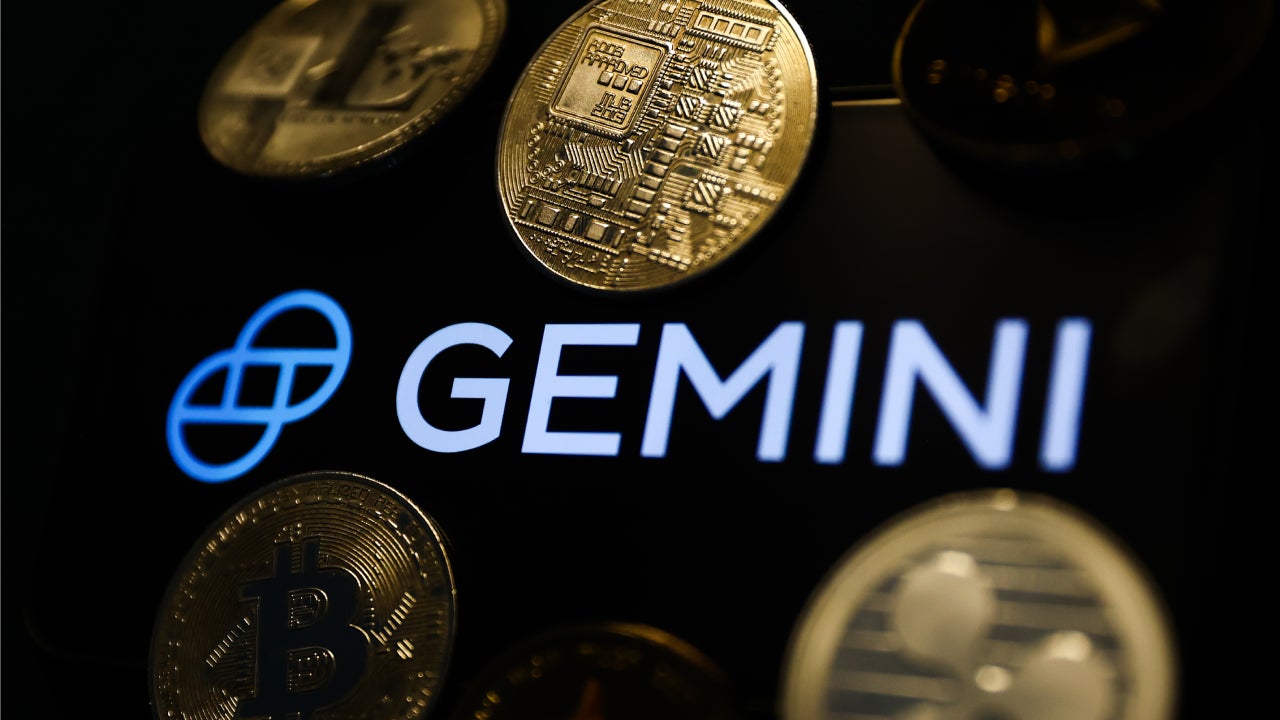Mining BTC is harder than ever ? 5 things to know in Bitcoin this week
The heart of Bitcoin mining lies the concept of mining btc difficulty. This parameter is pivotal in the decentralized nature of the network.

Unveiling the Secrets of Bitcoin Mining Difficulty: 5 Key Insights
In our quest to provide the most authoritative insights on Bitcoin mining difficulty, we delve into the intricate world of cryptocurrency mining. With a focus on Bitcoin, the world's leading cryptocurrency, we explore five key insights that shed light on the dynamics of mining difficulty and its profound impact on the crypto ecosystem.
1. The Genesis of Mining Difficulty
At the heart of Bitcoin mining lies the concept of mining difficulty. This parameter is pivotal in the decentralized nature of the network. Mining difficulty represents the level of computational effort required to mine a new block in the Bitcoin blockchain. It is updated approximately every two weeks to maintain an average block time of 10 minutes. The genesis of mining difficulty can be traced back to Satoshi Nakamoto, the pseudonymous creator of Bitcoin, who designed it as a dynamic mechanism to ensure the security and sustainability of the network.
2. The Algorithm Behind Mining Difficulty
Bitcoin's mining difficulty is primarily governed by the proof-of-work algorithm known as SHA-256 (Secure Hash Algorithm 256-bit). Miners compete to find a hash that is lower than or equal to the current target set by the network. This target is adjusted during every 2016 blocks, based on the time taken to mine the previous blocks. If miners collectively find blocks too quickly, the target becomes more challenging to achieve, while if they are too slow, it becomes easier.
3. The Relationship Between Hashrate and Mining Difficulty
A crucial aspect of Bitcoin mining difficulty is its connection to the network's hashrate. The hashrate represents the total computational power dedicated to mining on the Bitcoin network. As more miners join the network with improved hardware, the hashrate surges, leading to increased competition. This, in turn, causes the network to adjust the mining difficulty, making it more challenging to find a valid block. This dynamic equilibrium is essential to maintain block generation at the desired pace.
4. The Impact of Mining Difficulty on Miners
The oscillations in mining difficulty directly impact Bitcoin miners. When mining difficulty rises, miners need more computational power to maintain profitability. This often leads to an arms race in mining hardware, as miners seek more efficient and powerful equipment to stay competitive. Conversely, when the difficulty decreases, it becomes easier for miners to find blocks, which can increase the profit margins for smaller-scale miners.
5. The Broader Implications for the Crypto Ecosystem
Understanding the intricacies of Bitcoin mining difficulty extends beyond the miners themselves. It plays a pivotal role in the security and stability of the entire live cryptocurrency prices. The difficulty adjustment mechanism not only ensures a steady block generation rate but also deters potential malicious attacks. Moreover, it is a key element in Bitcoin's deflationary monetary policy, which limits the rate of new coin issuance.
In the fast-evolving world of cryptocurrency, grasping the nuances of Bitcoin mining difficulty is vital for any enthusiast or investor. Our exploration into the concept's origin, the underlying algorithm, the interplay with hashrate, its effects on miners, and its broader implications provides a comprehensive understanding of this critical aspect of the crypto markets news landscape. As we continue to witness advancements and changes in the industry, the mining difficulty of Bitcoin remains a constant, driving the network's security and sustainability.
What's Your Reaction?
















